On May 6, 2007, Lewis Johnson brought his sixty-one-year-old wife Judith to the emergency room at Delaware’s Beebe Medical Center. She thought that she was having a bad case of indigestion, but it turned out that she was having a heart attack. Less than 45 minutes after she arrived she went into cardiac arrest. After being given multiple medicines and shock treatments to help restart her heart, Mrs. Johnson never regained a pulse and at 8:34PM she was declared dead. The staff brought Mr. Johnson into a private room and the on-call doctor delivered the bad news. His wife was dead.
Meanwhile, Judith’s body was moved aside and her gurney pushed against a wall ready to be sent to the morgue. At around 9:50PM, a nurse noticed something strange. Judith appeared to be breathing. The nurse rushed to her side and discovered that she was very much alive.
Modern cases of spontaneous return of circulation,--otherwise known as ‘Lazarus syndrome’--is rare, but not unheard of. Consider the case of Janine Kolkiewicz. When doctors examined the ninety-one-year-old woman, her heart had stopped beating, and she was no longer breathing. She was declared dead. But eleven hours later she awoke in the hospital mortuary with a craving for tea and pancakes.
In 2007, a 33-year-old Venezuelan man woke up during his own autopsy. Carlos Camejo woke up during the post-mortem when the medical-examiner began cutting into his face with a scalpel. Later, Mr. Camejo told reporters, "The pain was unbearable." The medical examiner knew something was wrong when the incision began bleeding. When his grieving wife arrived at the morgue to identify his body, she was shocked to find him waiting in the corridor, alive.
In 2014, 79-year-old Walter Williams from Mississippi was declared dead by a hospice nurse who found him with no pulse. The next day, he woke up at the funeral home. An ambulance was called, and he was taken to a hospital. He was alert, and had conversations with his family and friends. When asked about the experience, he said that he thought that he had just fallen into a deep sleep.
Since 1982, there have been at least 38 reported cases of survival after failed resuscitation. But you have to wonder--what about those cases that weren’t discovered in time? Has anyone ever been accidentally buried alive? Unfortunately, the answer is yes.
Taphephobia--the fear of being buried alive--is listed as a top phobia. “Thankfully, modern medical practices have made the fear mostly a thing of the past. But throughout history, lack of modern medical science meant that accidental burials were definitely something to be afraid of.” (1)
One of the earliest and most well documented cases of premature burial is that of Alice Bluden of Basingstoke, England. Alice was married to a malt dealer, and she was described as a kind, ‘full-figured’ woman. One day in 1674, Alice decided that she wanted a drink of poppy water--a type of tea made from poppy seed pods that contains morphine and codeine. Taken in small quantities, the tea acts as a sedative; when a larger amount is ingested, the beverage has a narcotic effect. Taken in very large amounts, the drink can be lethal. Alice must have ingested a pretty substantial amount of tea that day because soon after drinking it she sank into a coma so deep that she appeared to be dead. She was examined by a doctor who held a mirror beneath her nose, but he failed to detect any breath, and there was no evidence of a pulse so she was pronounced dead.
Alice’s husband was away on business at the time, and when he received word that his wife had died he asked for the funeral to be postponed until his return; but in those days, freezers weren’t available for body storage. In addition, obese bodies decay at a faster rate than lean ones, so Alice’s family, at the behest of the doctor, thought it best to bury her without delay before putrefaction set in.
Because the family was so anxious to get Alice underground, there was no time for a custom-built coffin. Instead, Alice’s large frame was put into a casket that was so small that poles had to be used to force her arms and legs down so that the lid could be securely nailed shut. But Alice’s coffin wouldn’t remain closed for very long.
Two days after her burial, children playing in the graveyard heard mysterious moans and cries coming from underground. They reported this to the headmaster of their school, but he didn’t believe them. Instead of investigating the boys’ story, he punished them for telling lies. The following day the headmaster decided that it might be a good idea to check out the children’s story himself. He visited Alice’s gravesite and he too heard the mysterious cries coming from underground and he had the body exhumed.
When the coffin was opened, there lay Alice--alive, but bruised and bloody from trying to escape her coffin. But she was so weak from the ordeal that she collapsed and died--again. Unfortunately, no one thought to call a doctor to check if she was actually dead, so for a second time, Alice’s body was forced into her tiny coffin and she was reburied. This time, the family hired a guard to make sure that Alice was actually dead. His job was to watch over the grave and listen for any suspicious noises coming from underground that might suggest that Alice was alive. Great idea--but sometime during the night it began to rain and the guard decided to head over to the local pub to stay warm.
The next morning the family discovered that the guard had left his post, so they had the grave dug up a second time just to be sure that Alice was indeed dead. To their horror, when the coffin was opened they discovered that Alice had revived sometime during the night. In her frenzied state, she had forced her hands from her sides and clawed at the inside of the coffin. Witnesses said that her face and hands were bloody and torn to shreds from attempting to escape. But this time, Alice was truly dead. She most likely suffered a heart attack brought on by the terror of being buried alive not once, but twice.
Over time, people devised a number of methods that were used to make sure the person thought to be dead was actually dead. Some of these methods were … well, let’s say they were a little odd to say the least. In 1752, for example, Antoine Louis had the idea of blowing tobacco smoke up the rears of the dead to awaken them if they weren’t quite dead yet. Why tobacco? And why up the ass? I’m not quite sure. But it does give the expression “blowing smoke up your ass” an entirely new meaning, doesn’t it?
And leave it to the French to take things one-step further. In 1854, another Frenchman invented the pince-mamelon--aka “The Nipple Pincher”. It was a particularly strong pair of giant tweezers designed to shock the supposedly dead back to life. I wonder if the person applying them counted to three first ... you know, just to give a warning.
Let the body sit around for three days, then bury it. Problem solved, right? Not exactly. For some people, three days just wasn’t enough time to guarantee that a person was actually dead.
In her online article, The Horror of Premature Burial, author Bess Lovejoy writes, “The Germans had their own solution. These were Leichenhaüsers, or waiting houses, chambers designed to hold the apparently dead until their putrefaction confirmed their plight.
A physician-turned-philanthropist named Christoph Wilhelm Hufeland built the first Leichenhäuser, in Weimar, Germany in 1791. The “corpse chamber,” which could hold eight bodies at a time, was kept constantly warm with pipes that fed the room with steam, to hasten the decomposition of the bodies. Leichenhaüsers were built all over Germany and elsewhere between 1795 and 1828, and some even later, with ever-increasing frills: there were heaps of scented flowers, bells, and wires attached to the corpses in case they woke up, and a long-suffering porter who had to keep watch. In some cases, people paid admission for the privilege of wandering amongst the bodies.” (3)
In Paris, viewing the dead was becoming such a popular tourist attraction that a special Morgue was built as a public exhibition space. It was open daily, and was free to the public. Behind glass on slanted marble tables were the naked bodies of unidentified victims of crimes, drownings, and suicides. The naked corpses were on display for several days before they were removed. Although the intent was to have the public view the bodies in the hope that some might be identified, the Paris Morgue instead became a wildly popular tourist attraction with thousands visiting each day. For reasons of hygiene, the Morgue closed its doors to the public in March 1907.
In Ashawnta Johnson’s article, History’s Best Strategies for Avoiding Being Buried Alive, she tells of one man’s idea. She writes, "Timothy Clark Smith, a Vermont taphephobia sufferer, decided to rely on others to make sure his death wasn’t announced too early. Smith asked to have a window installed on his grave, “six feet above him and centered squarely on his face,” when he died. Today the glass has clouded with age and it’s impossible to get a look at Smith, but imagine a breathy fog covering the glass, and Smith waiting for someone to notice. Of course, by all accounts Smith never had to have the assistance of a helpful passerby, and he died without incident in 1893. (2)
In 1882, John Krichbaum patented the “Device for Indicating Life in a Buried Person”. The patent stated that “It will be seen that if the person buried should come to life, a motion of his hands will turn the branches of a T-shaped pipe upon or near which his hands are placed.” On the surface of the grave is a scale that alerts the living that the pipe has been moved. The coffin is equipped with a battery-powered alarm. When a wire comes in contact with the body, the alarm is activated and a spring-loaded rod raises a flag on the surface. Lastly, a tube is positioned over the face of the buried body so that a lamp can be lowered down and the buried person’s face can be seen.
So the next time you’re at a cemetery, listen carefully. That muffled sound you hear might not be a flag blowing in the wind, or the distant cries of a child playing in a nearby neighborhood. It might be a voice, and it might be coming from six-feet underground.
Resources
https://www.atlasobscura.com/articles/31-days-of-halloween-premature-burial
https://en.wikipedia.org/wiki/Premature_burial
"A MAN BURIED ALIVE. - WHAT HIS FRIENDS DISCOVERED WHEN THE COFFIN WAS OPENED. - View Article – NYTimes.com"
https://www.independent.co.uk/news/woman-found-alive-in-hospital-morgue-1322541.html
https://www.snopes.com/fact-check/just-dying-to-get-out/
https://www.sun-sentinel.com/news/fl-xpm-1994-11-18-9411180003-story.html
https://www.grunge.com/57710/times-dead-people-actually-alive/
https://www.aol.com/article/news/2017/02/21/teenager-wakes-up-headed-to-his-own-funeral-after-being-presumed/21718716/
https://www.huffpost.com/entry/dead-teen-screaming-in-tomb_n_55dcc238e4b04ae49704c32b
https://www.foxnews.com/story/woman-declared-dead-still-breathing-in-morgue
https://en.wikipedia.org/wiki/Lazarus_syndrome
https://www.frazerconsultants.com/2017/06/final-isnt-final-look-premature-burials-history/
https://www.thevintagenews.com/2018/08/08/alice-blunden/
https://www.thevintagenews.com/2018/08/06/sin-eaters/?utm_source=penultimate
https://www.unjourdeplusaparis.com/en/paris-insolite/morgue-visite-favorite-paris-au-19e-siecle
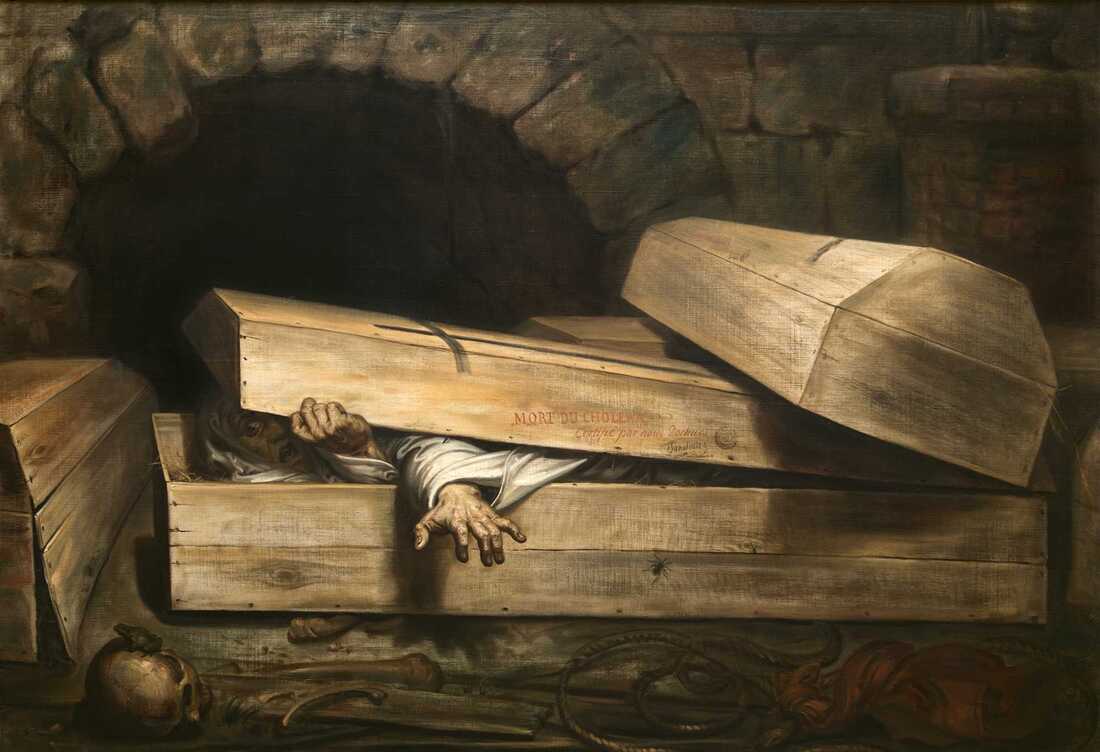
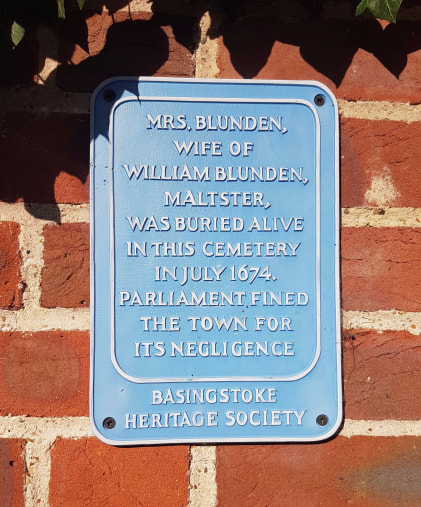
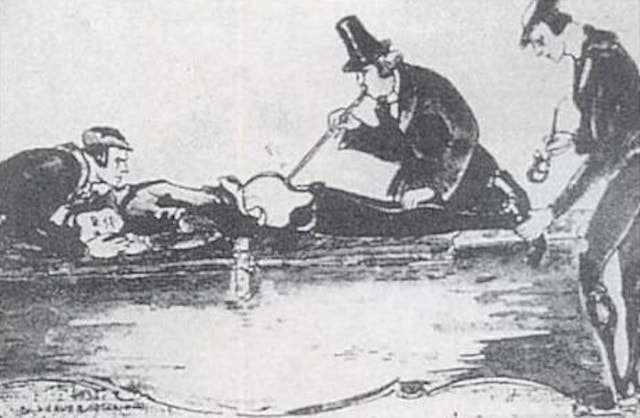
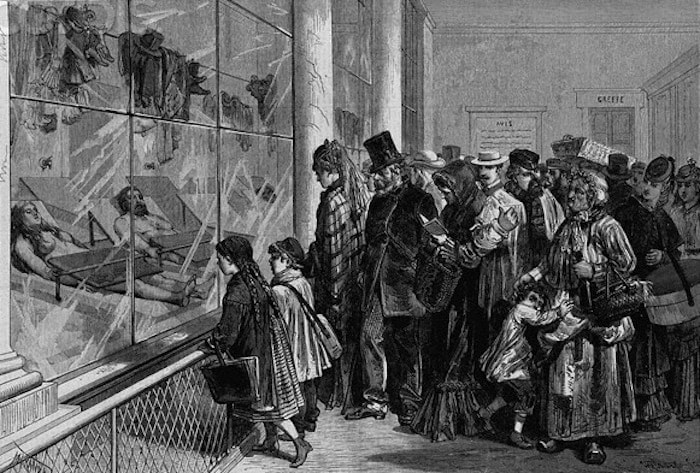
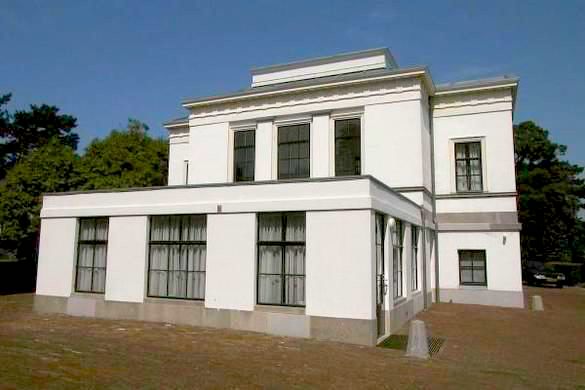
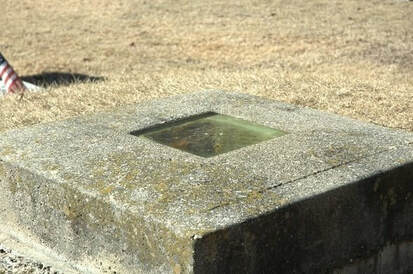
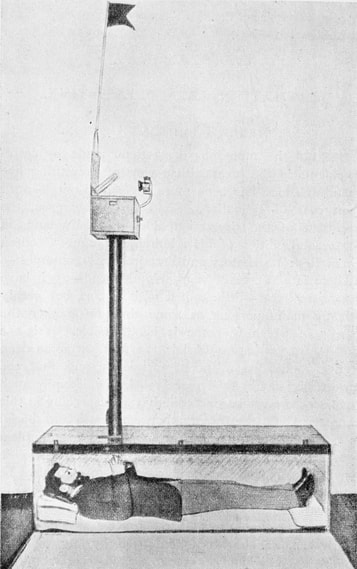
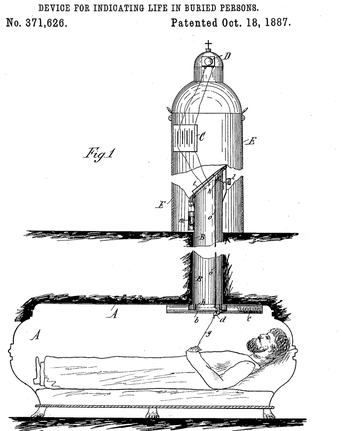
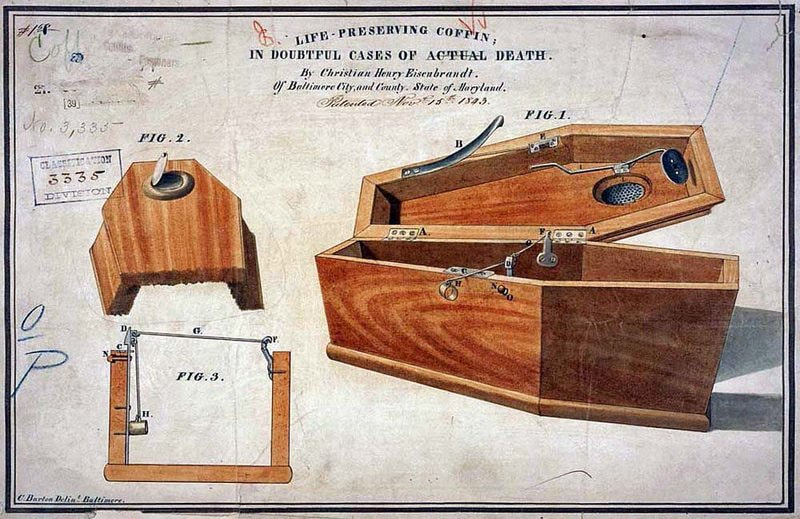
 RSS Feed
RSS Feed